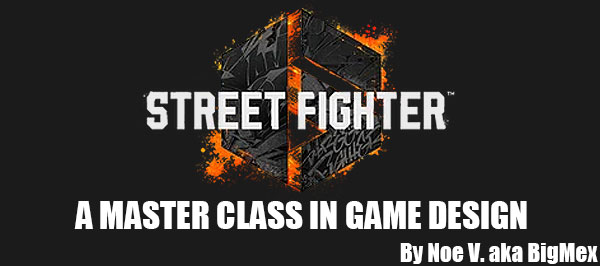
The success of the Street Fighter series could be chalked up to incredible planning, incredible luck, or a little bit of both. Earlier in the series I mentioned how different directors, and planners had a hand in shaping the franchise. It began with Takashi Nishiyama, the genius behind Kung-Fu Master / Spartan-X, Street Fighter, Fatal Fury, The King of Fighters, and the Rumble Fish. He was essentially The Godfather of fighting games. He left Capcom shortly after SF came out, so a new team had to come up with a sequel. Double Dragon was the breakout hit of 1987, so the Capcom developers decided to pursue the brawler format instead while creating Street Fighter ’89. Despite their contribution to the genre Double Dragon’s Directors Yoshihisa Kishimoto, and Shinichi Saito don’t really have as high a status as their Capcom rivals. Why was that? I think it had a lot to do with them retreading the exact same ground over, and over. Double Dragon II: The Revenge came out in 1988. The game had improved on the visuals, and stage designs, but it didn’t feel revolutionary. Worse yet the woman that you saved in the previous game, Marian was shot to death at the beginning of the sequel. Hunting down Willy, the leader of the Black Warriors, and making him pay wouldn’t be bringing her back. The game was difficult, and simply felt like an excuse to take your credits as fast as possible.
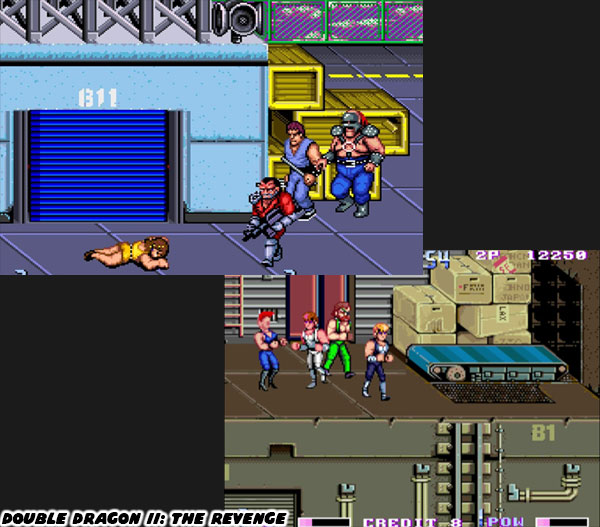
Capcom knew that they were working on something superior to the prior two Double Dragon games. The first thing they did after witnessing DDII’s soft debut was rename their game Final Fight. This allowed them to work on two franchises, a brawler, and a 2D fighting game. The Street Fighter II developers were tasked to create an actual sequel to Mr. Nishiyama’s game. Do you know what Technos did while Capcom was breaking new ground? They doubled down on their franchise. The least memorable of their arcade follow-ups was
Double Dragon 3: The Rosetta Stone. It came out in 1990. They were now copying the competition, they introduced a third Lee brother named Sonny. Each of the brothers played exactly the same, as opposed to Cody, Guy, and Haggar’s unique skill set. They also introduced micro transactions where you could pay more credits for more gear, weapons, or other characters. I haven’t met any people that played that arcade release given how slow, clunky, and stale their franchise had become. It was retooled for Japan, and the shop was removed. By the time Technos realized the many mistakes they made it was too late. Street Fighter II had been released. The world was forever changed. In order to be relevant again Technos would have to create a Double Dragon fighting game, but that would be
a blog for another day.
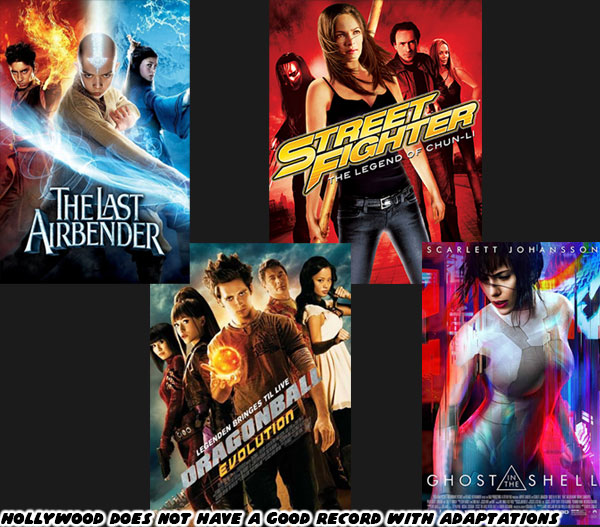
The ‘90s saw tremendous growth for Capcom, and with it came an impossible demand for more. More fighting games, more consoles games, more of everything. Capcom began licensing out their IP, and looking for partners to help produce animation, and movies. I’ve said it before, and I’ll say it again. Hollywood did not have a good track record for adapting Japanese content. The studios thought they understood the culture, the audience, and a million other demographics according to their marketing people. I would argue that if they did not enter with an understanding of the IP then they would completely miss the mark. This lesson didn’t just apply to Japanese IP. Studio heads would put the wrong people in charge of massive domestic projects. From producer all the way down to director, writer, and actors. They each contributed to multi-million dollar failures. This could be seen in the colossal string of flops released by Warner Bros. in recent years. That studio owned the DC Comics IP, they had animation directors that were creating hit-after-hit using the very same IP. Unfortunately their live action teams were an entirely different part of the company. They had no interest on what the comic book, or cartoon writers, directors, or producers could do for them.
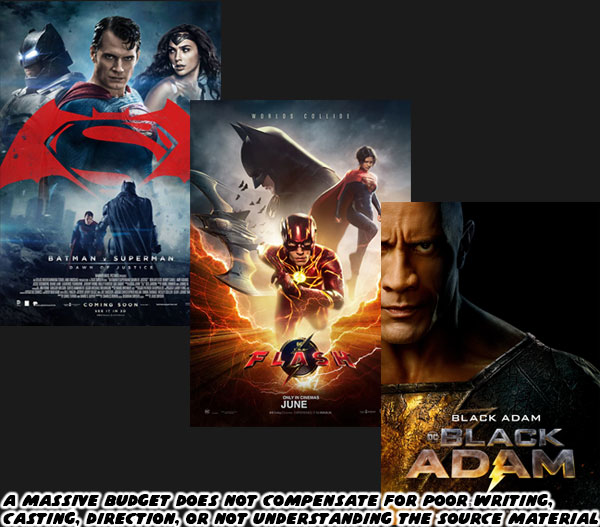
Capcom of Japan didn’t know, or care that Western adaptations had a spotty track record. They were experiencing rapid growth, and in order to take advantage of the market they needed to diversity their portfolio. This meant getting cartoons on TV, and toys on shelves. Whether the US writers, directors, or toy designers had any idea what they were doing was besides the point. Capcom would be aligned with the popular cartoon series G.I. Joe, and later on have a Vampire / Darkstalkers cartoon made as well. To say these were horrible shows, and forgettable toys would be an understatement. The anime, or manga style that drew the attention of audiences in the first place was substituted to more US comic book, and cartoon aesthetics. The look, and feel of the fighting games was missing from the very first episode. These efforts never gained momentum, and could be chalked up as losses for the company.
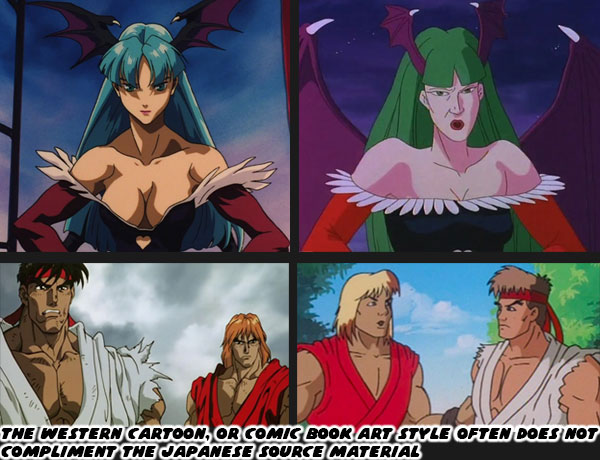
Capcom wanted, and needed to have a team in the US that could adapt their games to the western market. At the same time they wanted to assemble a team that could create original IP that would appeal exclusively to the west. This would make sure their portfolio could keep growing, and keep investors happy. This was how we ended up with Capcom USA, later renamed Capcom Production Studio 8. Their first game was Final Fight Revenge. It had a lot of input from Capcom of Japan, but was assembled by the US team. You could see it in the credits. It was directed by Yoshiki Okamoto, and David Siller. The producers were Tetsuya Iijima, Jim Wallace, and Mark Rogers. The lead designer was Tetsuya Iijima, and lead artist was Raymond Fung. Final Fight Revenge was released in 1999, and looked very blocky, very low polygon when compared to other 3D fighters of that era. It didn’t seem to have the same level of polish that ARIKA’s Street Fighter EX had from a few years prior.
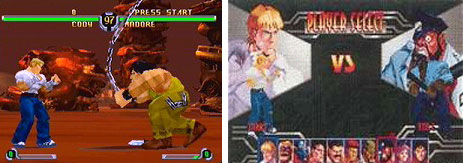
I cannot confirm who wrote the story, or selected the lineup for the game, but I think that it was the Capcom Japan studio. This was given how closely they mirrored the lineup, and villains from the original Final Fight. The other reason why I think it was the Japanese studio was because of how the final battle with Belger turned out. If you had never played FF the way the game ended (according to canon) was Cody had rescued Jessica from Belger, but had kicked him out of his penthouse window. Those actions were understandable. He knew that turning him over to the authorities meant he would escape justice. His lawyers would fight the charges, and the crooked cops would make sure Belger would be released that same day. Kicking Belger out of a window to his presumed death was the only way he could protect the woman he loved. Cody fought the murder charge given the circumstances, but was still sentenced to prison for involuntary manslaughter.
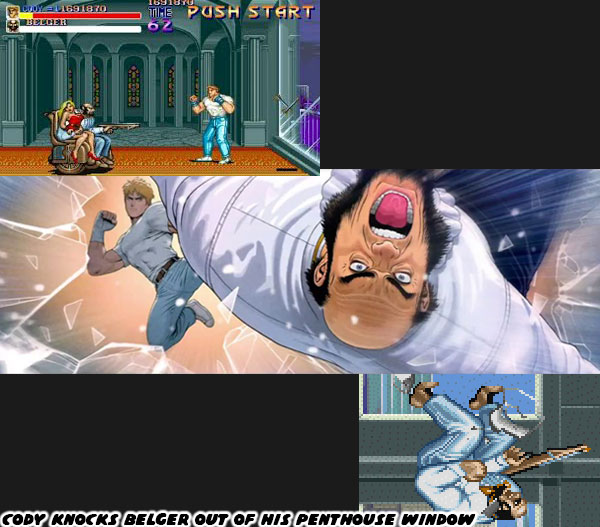
Despite the fall Belger actually returned shortly after. In the Famicom / Nintendo console game Mighty Final Fight (MFF) from 1993. It was a sort of kid-friendly retelling to the arcade hit from 1989. It was also released at the same time as the Super Nintendo / Super Famicom exclusive Final Fight 2. Capcom wanted to make sure that this remained one of their more popular franchises. Almost all of the characters returned in MFF, and allowed players to relive one of the great arcade adventures. In the end they faced off against Belger, who was kept alive with cybernetic parts. I guess we could tell which side of his body hit the ground first when he fell. I’m sure most of us were convinced that the character was going to stay dead this time after his second fall. Not to mention that FF3 would feature a new gang, and a new villain named Black.
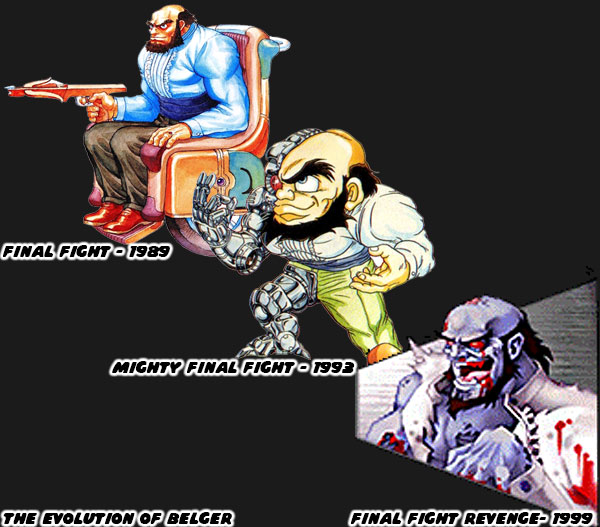
Belger returned one more time in Final Fight Revenge. He was now kidnapping people from beyond the grave. The final battle with the character had him appearing as a zombie in the underworld. It was some sort of dark graveyard with a massive demon in the background. The character moved sluggishly, but could vomit poison, and stretch his limbs like Dhalsim. He could also pounce, and bite opponents. This over-the-top storytelling, and absurd gameplay highlighted the same tone that Capcom of Japan leaned into when they were creating Mighty Final Fight. The rest of the game was a passable fighter, even going so far as to give several of the cast members their moves from Street Fighter Zero / Alpha. I would argue that Capcom of Japan was getting Capcom USA up to speed on development. They were experimenting with how a Street Fighter game might look in 3D without using the main SF cast. After all, they wouldn’t want audiences saying that their 1999 3D Street Fighter was inferior to ARIKA’s Street Fighter EX from 1996.
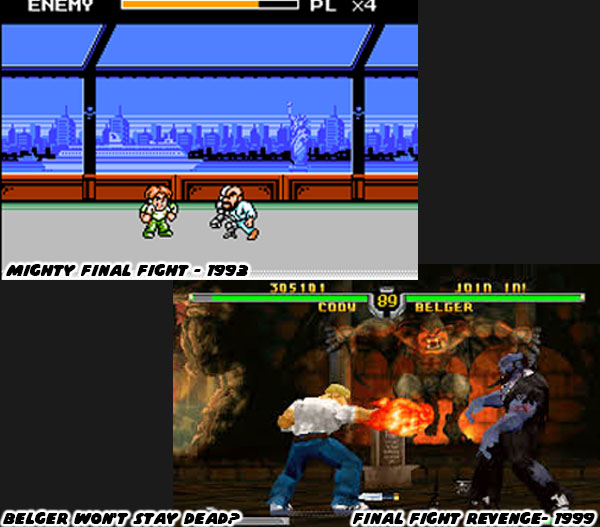
Capcom USA tried out new ideas for 3D combat, such as the cast being able to pick up weapons, and them use during a match. These reflected the same things you could do in the traditional FF titles.
It was only at the reveal of Belger returning from the great beyond that we got to the punchline. The events of this game didn’t really constitute a Final Fight 4. It was just something to keep the IP fresh. The overall tone was a type of absurd humor that I don’t think the Capcom USA team got, or understood. The reason I say this was because Capcom Studio 8 would develop another fighting game that would not be acknowledge as part of SF/FF canon. We will dig into it on the next blog entry. I hope to see you back for that. If you are a long time fan of Final Fight, or Street Fighter then I would like to hear your impressions of SF6. If you have never played any game previously then tell me your experiences in the comments section please. As always if you would like to sponsor me
please visit my Patreon page and consider donating each month, even as little as $1 would help make better blogs and even podcasts!


















No comments:
Post a Comment